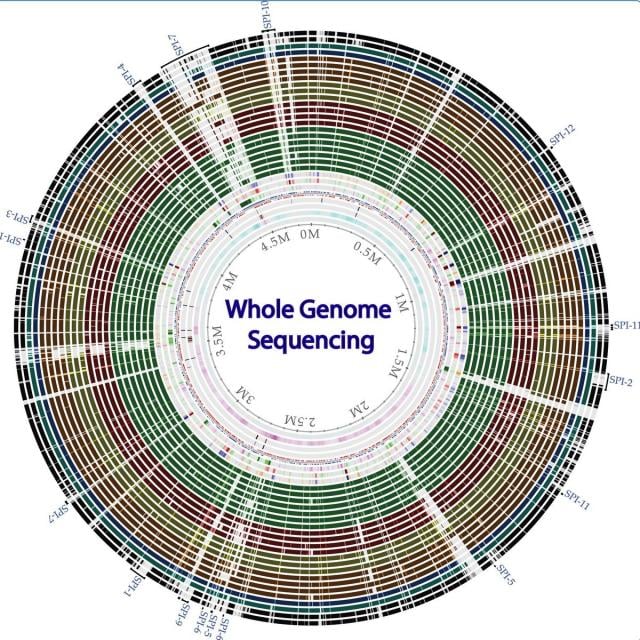MOOC List is learner-supported. When you buy through links on our site, we may earn an affiliate commission.

MOOC List is learner-supported. When you buy through links on our site, we may earn an affiliate commission.
The course will give the learners a basis to understand and be acquainted with WGS applications in surveillance of bacteria including species identification, typing and characterization of antimicrobial resistance and virulence traits as well as plasmid characterization. It will also give the opportunity to learners to learn about online tools and what they can be used for through demonstrations on how to use some of these tools and exercises to be solved by learners with use of freely available WGS analysis tools .
By the end of this course you should be able to:
1. Describe the general Principles in typing of Bacteria
2. Give examples of the applications of Whole Genome Sequencing to Surveillance of bacterial pathogens and antimicrobial resistance
3. Apply genomic tools for sub-typing and surveillance
4. Define the concept of Next-Generation Sequencing and describe the sequencing data from NGS
5. Describe how to do de novo assembly from raw reads to contigs
6. Enumerate the methods behind the tools for species identification, MLST typing and resistance gene detection
7. Apply the tools for species identification, MLST typing and resistance gene detection in real cases of other bacterial and pathogen genomes.
8. Describe the methods behind the tools for Salmonella and E.coli typing, plasmid replicon detection and plasmid typing
9. Utilize the tools for Salmonella and E.coli typing, plasmid replicon detection and plasmid typing in real cases of other bacterial and pathogen genomes.
10. Explain the concept and be able to use the integrated bacterial analysis pipeline for batch analysis and typing of genomic data
11. Demonstrate how to construct phylogenetic tree based on SNPs
12. Apply the phylogenetic tool to construct phylogenetic trees and explain the relatedness of bacterial or pathogen strains
13. Describe how to create your own sequence database
14. Utilize the MyDbFinder tool to detect genetic markers of interest from whole genome sequencing
Syllabus
WEEK 1
Welcome and introduction to typing of bacteria and use of Whole genome sequencing applied to surveillance of bacterial pathogens and antimicrobial resistance
WEEK 2
Introduction to Next Generation sequencing
WEEK 3
Whole genome sequencing tools- demonstration of analysis tools for species identification, MLST typing and finding resistance genes
WEEK 4
Whole genome sequencing tools- demonstration of analysis tools for Serotyping of Salmonella and Escherichia coli strains , and finding plasmid replicons
WEEK 5
Whole genome sequencing tools- demonstration of analysis tools for multiple analyzes, phylogenetic tree building and finding genetic markers from self-made databases and Summative Tutorial exercise
MOOC List is learner-supported. When you buy through links on our site, we may earn an affiliate commission.
MOOC List is learner-supported. When you buy through links on our site, we may earn an affiliate commission.
